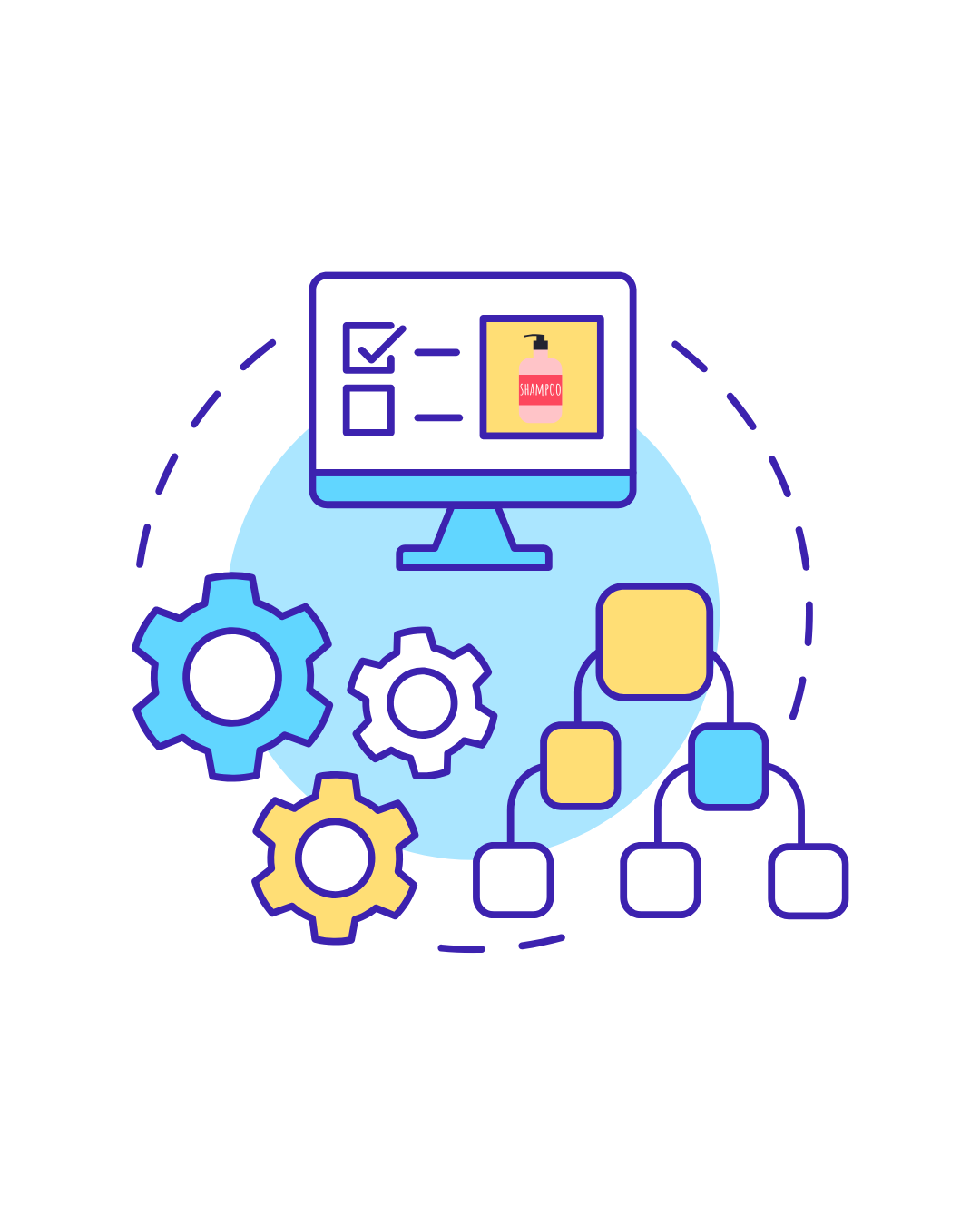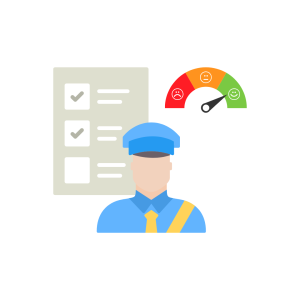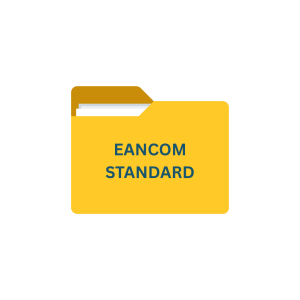Introduction
As companies strive to deliver seamless customer experiences across multiple channels, two solutions have emerged as indispensable tools: Product Information Management (PIM) and Digital Asset Management (DAM). While these solutions share some similarities, they serve distinct purposes in digital commerce. Let us compare the key differences between PIM vs DAM.
As businesses expand their online presence and product offerings, the need for efficient systems to handle data and digital media becomes paramount. PIM and DAM are the power duo that address different aspects of content management. While they may seem similar at first glance, understanding their unique roles and how they complement each other is crucial for businesses looking to optimize their digital operations.
Key Takeaways
Distinct Primary Focus and Data Types
PIM systems manage structured product data (specifications, pricing, descriptions) while DAM systems handle unstructured digital assets (images, videos, documents). This fundamental difference shapes how each system organizes and processes information.Complementary Business Functions
PIM serves product managers and e-commerce teams with catalog management capabilities, while DAM supports creative teams and brand managers with visual content organization. Both systems maintain version control but address different organizational needs.Integration Creates Powerful Synergy
When connected, PIM and DAM create a comprehensive content ecosystem that enhances product listings with accurate specifications and high-quality visuals, streamlines workflows, and maintains consistency across all sales channels.Different System Architecture
PIM handles highly structured data fitting into predefined fields and integrates with e-commerce platforms and ERP systems. DAM manages less structured content using metadata tagging and connects with content management systems and design tools.Combined Implementation Maximizes Digital Commerce
Rather than choosing between systems, implementing both PIM and DAM creates a robust foundation for omnichannel retail. Many modern solutions now offer DAM capabilities built within PIM platforms, allowing businesses to leverage both simultaneously.
Understanding PIM: The Backbone of Product Data Management
Product Information Management (PIM) systems serve as the central hub for all product-related data within an organization. These platforms are designed to collect, manage, and distribute product information across various channels, ensuring consistency and accuracy in product listings.
Key Functions of PIM Systems
- Data Centralization: PIM solutions aggregate product data from multiple sources, creating a single source of truth for all product information.
- Data Enrichment: These systems allow teams to enhance product descriptions, add specifications, and ensure all necessary attributes are complete.
- Channel Distribution: PIM platforms facilitate the distribution of product information to various sales channels, including e-commerce websites, marketplaces, and print catalogs.
- Version Control: PIM systems maintain a history of changes, allowing teams to track updates and revert to previous versions if needed.
Benefits of Implementing a PIM Solution
- Improved Data Accuracy: By centralizing product information, PIM systems reduce errors and inconsistencies across channels.
- Faster Time-to-Market: Streamlined data management processes enable quicker product launches and updates.
- Enhanced Customer Experience: Consistent and detailed product information across all touchpoints leads to better-informed customers and increased satisfaction.
- Scalability: PIM solutions can handle large product catalogs and support business growth without compromising efficiency.
Exploring DAM: The Powerhouse of Digital Asset Management
Digital Asset Management (DAM) systems focus on organizing, storing, and distributing an organization’s digital assets. These assets typically include images, videos, documents, and other media files used in marketing and sales efforts.
Core Capabilities of DAM Systems
- Asset Organization: DAM platforms provide a structured way to categorize and tag digital assets for easy retrieval.
- Version Control: Similar to PIM, DAM systems maintain version histories of assets, allowing teams to track changes and access previous iterations.
- Rights Management: DAM solutions often include features for managing usage rights and permissions for digital assets.
- Asset Distribution: These systems facilitate the sharing of assets with internal teams and external partners through secure portals or integrations.
Advantages of Utilizing a DAM System
- Improved Productivity: Centralized asset management reduces time spent searching for files and eliminates redundant asset creation.
- Brand Consistency: DAM ensures that only approved and up-to-date assets are used across all marketing channels.
- Cost Reduction: By reducing duplicate asset creation and streamlining workflows, DAM systems can lead to significant cost savings.
- Enhanced Collaboration: DAM platforms often include features that facilitate collaboration between teams and external partners.
PIM vs DAM: Key Differences and Similarities
While both PIM and DAM systems aim to centralize and manage content, they focus on different types of data and serve distinct purposes within an organization. Here are some key differences between PIM vs DAM comparison
Aspect | PIM | DAM |
|---|---|---|
Primary Focus | Concentrates on structured product data, including specifications, pricing, and descriptions | Focuses on unstructured digital assets such as images, videos, and documents. |
| Use Base | Primarily used by product managers, e-commerce teams, and marketers responsible for product listings | Utilized by creative teams, marketers, and brand managers working with visual and multimedia content. |
| Data Structure | Deals with highly structured data that fits into predefined fields and attributes. | Manages less structured data, often relying on metadata and tagging for organization. |
| Integration Points | Typically integrates with e-commerce platforms, ERP systems, and product lifecycle management tools. | Often integrates with content management systems, design tools, and marketing automation platforms. |
Similarities
PIM vs DAM systems share some common features:
- Centralized storage and management of product content
- Version control and change tracking
- User permissions and access controls
- Search and retrieval capabilities
Integration with other business systems
The Synergy - PIM vs DAM
While PIM and DAM serve different primary purposes, they can work together synergistically to create a more comprehensive content management ecosystem.
Enhancing Product Listings
By integrating PIM and DAM systems, businesses can create richer product listings that combine accurate specifications with high-quality visual assets. This integration ensures that product images and videos are always associated with the correct product data, reducing errors and improving the overall customer experience.
Streamlining Workflows
When PIM and DAM systems are connected, teams can work more efficiently. For example, a product manager updating information in the PIM can easily access and associate relevant images or videos from the DAM, creating a seamless workflow for product updates.
Improving Consistency Across Channels
The combination of PIM and DAM ensures that both product information and associated media assets are consistent across all sales and marketing channels. This consistency is crucial for maintaining brand integrity and customer trust.
Facilitating Global Expansion
For businesses operating in multiple markets, the integration of PIM and DAM can simplify the process of localizing product content. Product information can be translated and adapted for different regions, while ensuring that appropriate visual assets are used for each market.
Implementing PIM and DAM: Best Practices
To maximize the benefits of PIM and DAM systems, consider the following best practices:
- Define Clear Objectives: Identify specific goals for implementing PIM and DAM, such as improving data accuracy or reducing time-to-market.
- Establish Data Governance: Create clear guidelines for data entry, asset management, and content workflows.
- Invest in Training: Ensure that all relevant team members are properly trained on how to use both systems effectively.
- Plan for Integration: Consider how PIM and DAM will integrate with existing systems and plan for any necessary customizations.
- Start with a Pilot: Begin with a small-scale implementation to identify and address any issues before rolling out company wide.
- Measure and Optimize: Regularly assess the performance of your PIM and DAM systems and make adjustments as needed to improve efficiency.
The Future of PIM and DAM
As digital commerce continues to evolve, PIM and DAM systems are likely to become even more sophisticated and interconnected. Some trends to watch include:
- AI-Powered Automation: Machine learning algorithms may be used to automate tasks like product categorization and image tagging.
- Enhanced Personalization: PIM and DAM systems may incorporate more advanced personalization features to tailor product information and assets to individual customers.
- Increased Mobile Capabilities: As mobile commerce grows, PIM and DAM solutions will likely offer more robust mobile-first features.
- Deeper Analytics: Both systems may provide more advanced analytics to help businesses understand how product information and assets impact sales and customer engagement.
Conclusion
While PIM and DAM systems serve different primary purposes, their combined power can significantly enhance a company’s ability to deliver compelling, consistent, and accurate product experiences across all channels.
By understanding the unique strengths of PIM and DAM, and how they can work together, businesses can create a robust foundation for their digital commerce operations. As these systems continue to evolve, they will play an increasingly vital role in helping companies navigate the complex landscape of omnichannel retail.
Ultimately, the choice between PIM and DAM isn’t an either/or decision. For many businesses, implementing both systems and integrating them effectively is the key to unlocking their full potential in the digital marketplace. By leveraging the strengths of both PIM and DAM, companies can create seamless, engaging customer experiences that drive growth and build lasting brand loyalty. Most PIM providers out there have DAM features built within the PIM solution making it easy to use both of them interchangeably.
Commport Datapool Solutions
Frequently Asked Questions
- While some PIM systems offer basic asset management capabilities, they are not designed to handle the full range of functions provided by a dedicated DAM system. For comprehensive digital asset management, a specialized DAM solution is recommended.
- The need for PIM and DAM depends on the complexity of your product catalog and the volume of digital assets you manage. Small businesses with limited products and assets might start with one system and expand as they grow.
- PIM systems ensure consistent and accurate product information across channels, which can improve search engine rankings. DAM systems help optimize digital assets with proper metadata and tags, enhancing their discoverability in image and video searches.
- Yes, most PIM and DAM systems offer integrations with popular e-commerce platforms, allowing for seamless product information and asset management within your online store.
- Implementation timelines can vary widely depending on the complexity of your data, the size of your organization, and the specific systems chosen. A basic implementation might take a few months, while more complex integrations could take six months to a year.





